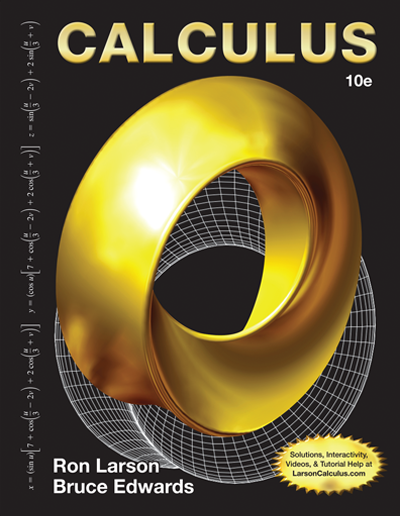Hypatia
(370 – 415 A.D.)
Hypatia was the first female mathematician in history and was perhaps the most prominent female scholar in any discipline until the Middle Ages.
Because so much time has elapsed since she lived, it is difficult to verify the many legends lauding her wisdom and beauty. Most historians agree that she was born about 370 A.D. in Alexandria, Egypt. Her father, Theon, was an eminent astronomer and mathematician. He taught at the magnificent university founded in Alexandria by Ptolemy some seven hundred years before Hypatia’s birth.
Alexandria had been conquered in 30 B.C. by Rome. The invaders’ undisguised contempt for knowledge unrelated to war or commerce had steadily eroded Alexandria’s reputation as the cultural hub of civilization; therefore, Hypatia and her father were very much in the minority in their struggle to preserve the intellectual fervor of the Hellenistic tradition.
Theon recognized his daughter’s extraordinary intelligence when she was very young, and determined to guide her toward perfection. Hypatia was thoroughly conversant with science, philosophy, literature, and the arts; she was an accomplished sportswoman who enjoyed horseback riding, rowing, swimming, and mountain climbing; and she was a renowned speaker and teacher. In addition to all this, she is reputed to have been an exceptionally beautiful woman, though she never married and is believed to have spurned all suitors.
Hypatia’s intellectual prowess eventually surpassed that of her own father. She was particularly gifted in the disciplines of mathematics and philosophy, and was invited to teach those subjects at the University in Alexandria. She proved to be a very popular and effective professor, and attracted students from Africa, Asia, and Europe. Several letters from one of her pupils, Synesius, and Cyrene, bishop of Ptolemais, still exist; they are filled with the extravagant praise for her virtues, both as a woman and as a teacher.
Hypatia is believed to have written extensively on the work of Ptolemy, Apollonius, and Diophantus, and she assisted her father in his revision of Euclid’s Elements. Theon’s version of Euclid was widely read until the nineteenth century; Hypatia’s commentaries were burned soon after her death. A series of arson fires instigated by Christian monks leveled Alexandria’s libraries and destroyed countless ancient, albeit “pagan,” manuscripts. Ironically, Hypatia’s only extant work, a portion of her treatise On the Astronomical Canon of Diophantus, was discovered in the Vatican library.
It was Hypatia’s adherence to Greek religious beliefs that ultimately led to her death. Sensing the imminent decline of the Roman Empire, Alexandria’s populace was filled with fear. Cyril, who had been appointed the city’s patriarch in 412 A.D., needed a scapegoat to divert the attention of the masses from the threat of invasion by northern barbarians. Hypatia, a prominent, self-acknowledged pagan woman who traveled freely through the streets of Alexandria, was a perfect target. She was also a friend of Cyril’s political enemy, the Roman prefect Orestes. The archbishop Cyril incited the mob to murder, and they murdered with a vengeance. One day during Lent in 415 A.D., Hypatia was torn from her chariot and dragged to a church, where she was stripped, her hair pulled out, and her arms and legs severed. Her flesh was then scraped from her bones with the sharpened shells of oysters, and her remains thrown into a fire.
In response to those who called for an investigation of Hypatia’s death, Cyril maintained that she had moved, of her own volition, to Athens. With the death of Hypatia, Alexandra was closed as a mathematical center.
Links
http://www-history.mcs.st-andrews.ac.uk/Biographies/Hypatia.html
http://www.agnesscott.edu/lriddle/women/hypatia.htm
References
- Asimov, Isaac. Asimov’s Biographical Encyclopedia of Science and Technology. Garden City, New York: Doubleday & Company, Inc., 1972.
- Boyer, Carl B. and Merzbach, Uta C. A History of Mathematics, 2nd ed. New York: John Wiley & Sons, 1989.
- Deakin, Michael A. B. “Hypatia and Her Mathematics.” The American Mathematical Monthly 101 (March 1994): 234-243.
- Gillispie, Charles Coulston, ed. Dictionary of Scientific Biography. Vol. VI. New York:Charles Scribner’s Sons, 1972.
- Grinstein, Louise S. and Paul Campbell, ed. Women of Mathematics: A Biobibliographic Sourcebook. New York: Greenwood Press, 1987.
- Osen, Lynn M. Women in Mathematics. Cambridge, Massachusetts: The MIT Press, 1974.
- Peri, Teri. Math Equals: Biographies of Women Mathematicians + Related Activities. Menlo Park, CA: Addison-Wesley Publishing Company, 1978.











